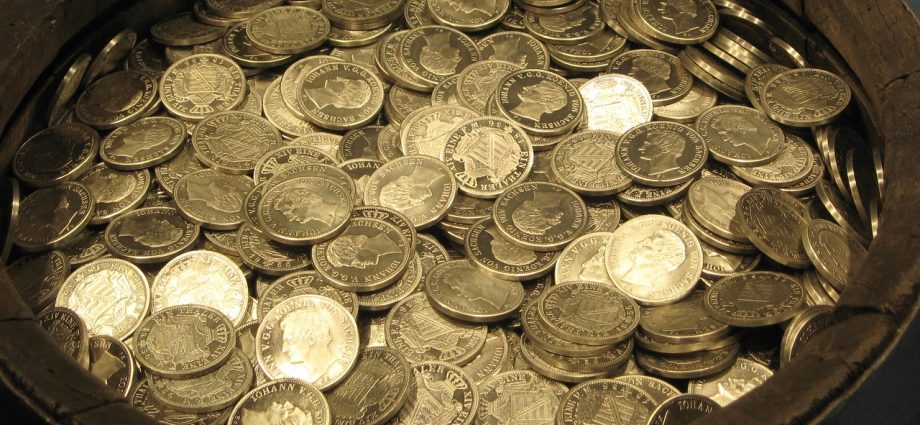As a coin collector you have to always pay attention to the coins you are purchasing because they are usually very expensive and you wouldn’t want to spend huge amount of money in vain. This is where a coin authentication guide can become useful. There are many methods available these days to choose from, such as electronic gadgets, magnets, coin testers, and others but there are as well other methods (as described down below) allowing you to easily perform a coin authentication.
Here it is how you can do it:
- First of all make sure that you know how to identify an authentic coin from a counterfeit. This means that you have to pay close attention to any signs, to minor details, everything that can make one coin differ from another. Recognizing counterfeits by checking with these details can become an easy task once you have a good look at the coins. Do not simply rely on what the seller tells you, but make sure that you run your own set of tests prior to purchasing.
- Speaking of test, the simple test is in the form of visual identification where no special or expensive tools are involved. All you need is the picture of the authentic piece and a lens (used by jewelers) through which you can identify any detail of the coin you hold in your hand and compare it to the picture.
- If you suspect that the piece you plan to purchase is different from the picture even in any of its small imperfections, then you must stay away from that seller. The thing is that the coin you want to purchase has to look identical with the one in the picture otherwise it is a fake. If you need to purchase the coin online, then you have to use a photo program to compare both pictures: the one of the seller’s and the original piece photo.
- Another simple coin authentication test is by measuring the thickness, diameter and weight of the coin. It is important that you have specifications taken out from any of the coin catalogs or any online information available for coin collectors. The measurements must perfectly match with those of the authentic piece.
The tools needed here are: an electronic scale of a higher precision and a digital caliper. It is interesting to mention that it is impossible to find a counterfeit coin to have all these three measurements corresponding to the authentic piece because any other metal than gold will weigh less than gold or silver or platinum.
So combining both the visual identification with the measuring, you will have a perfect coin authentication without having to invest in other more sophisticated tools.

